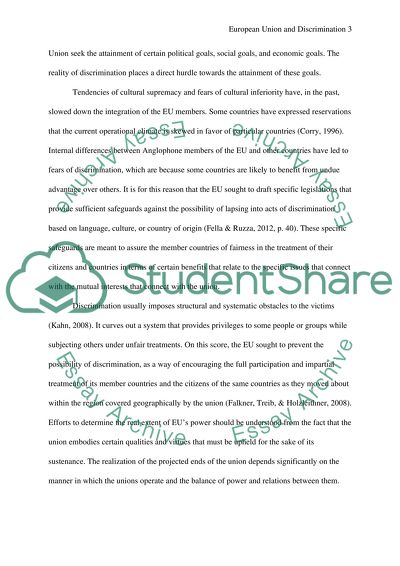Cite this document
(Why Has the European Union Been Particularly Active in Its Employment Research Paper, n.d.)
Why Has the European Union Been Particularly Active in Its Employment Research Paper. Retrieved from https://studentshare.org/social-science/1471949-essay-style-why-has-the-european-union-been
Why Has the European Union Been Particularly Active in Its Employment Research Paper. Retrieved from https://studentshare.org/social-science/1471949-essay-style-why-has-the-european-union-been
(Why Has the European Union Been Particularly Active in Its Employment Research Paper)
Why Has the European Union Been Particularly Active in Its Employment Research Paper. https://studentshare.org/social-science/1471949-essay-style-why-has-the-european-union-been.
Why Has the European Union Been Particularly Active in Its Employment Research Paper. https://studentshare.org/social-science/1471949-essay-style-why-has-the-european-union-been.
“Why Has the European Union Been Particularly Active in Its Employment Research Paper”, n.d. https://studentshare.org/social-science/1471949-essay-style-why-has-the-european-union-been.


